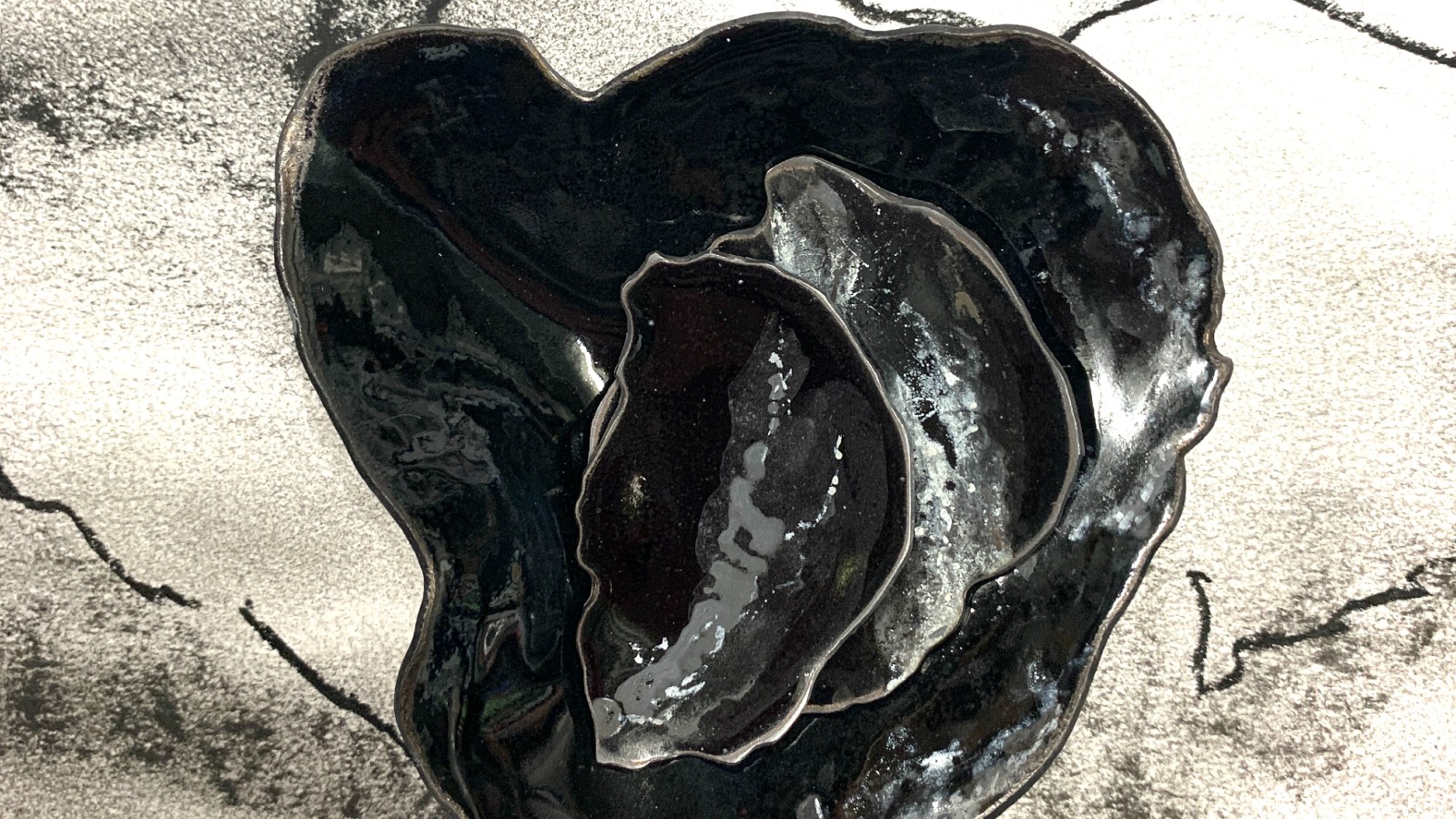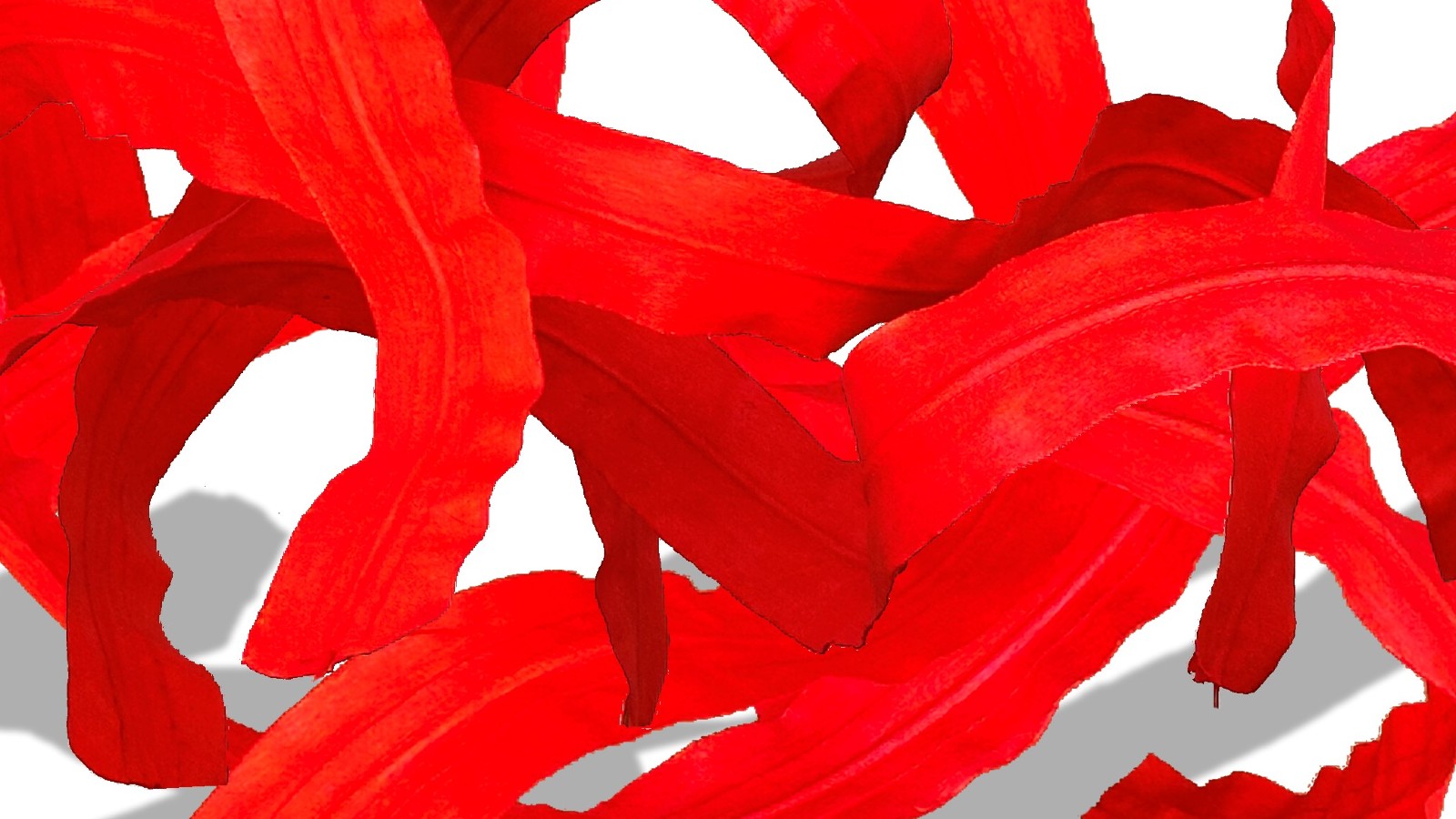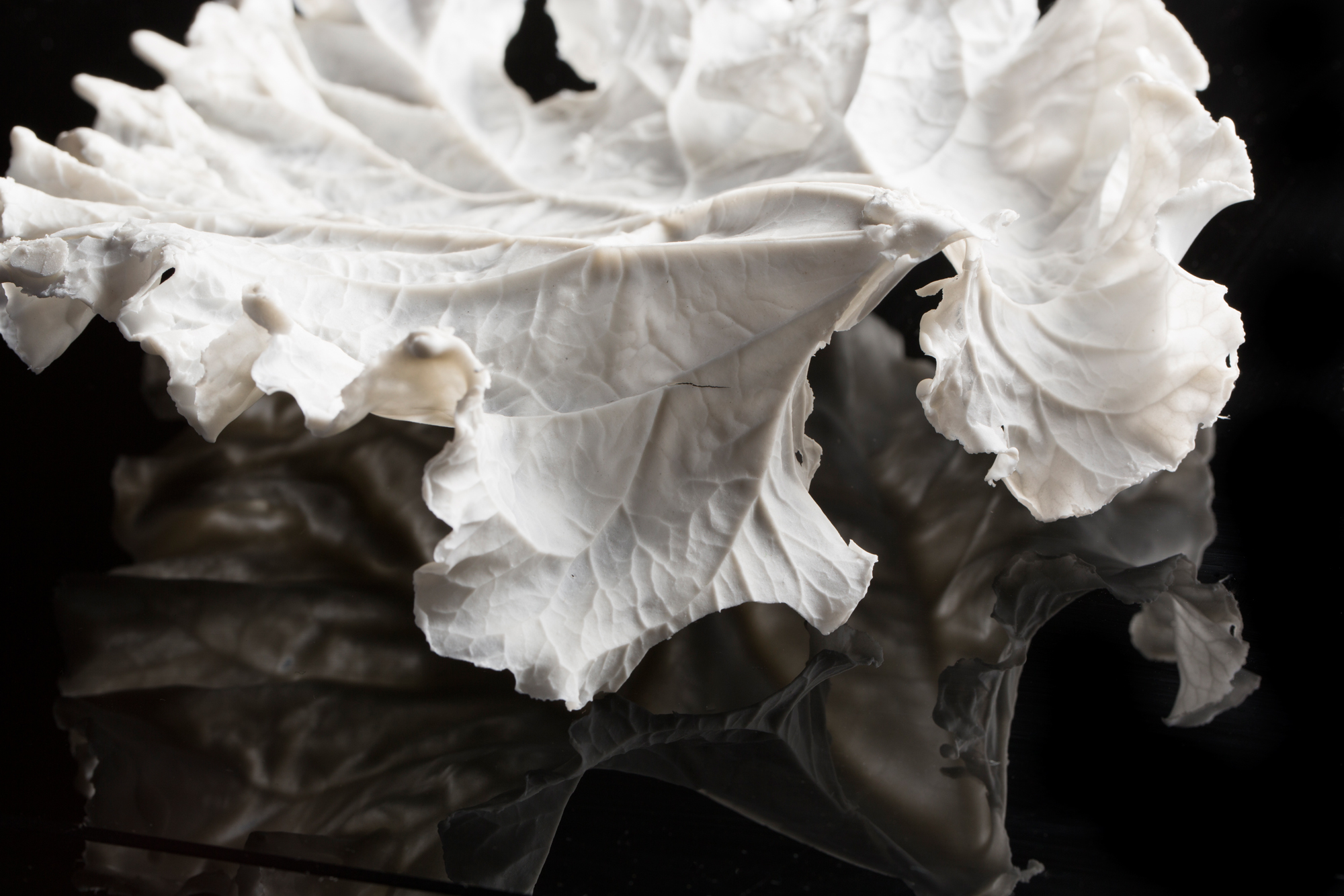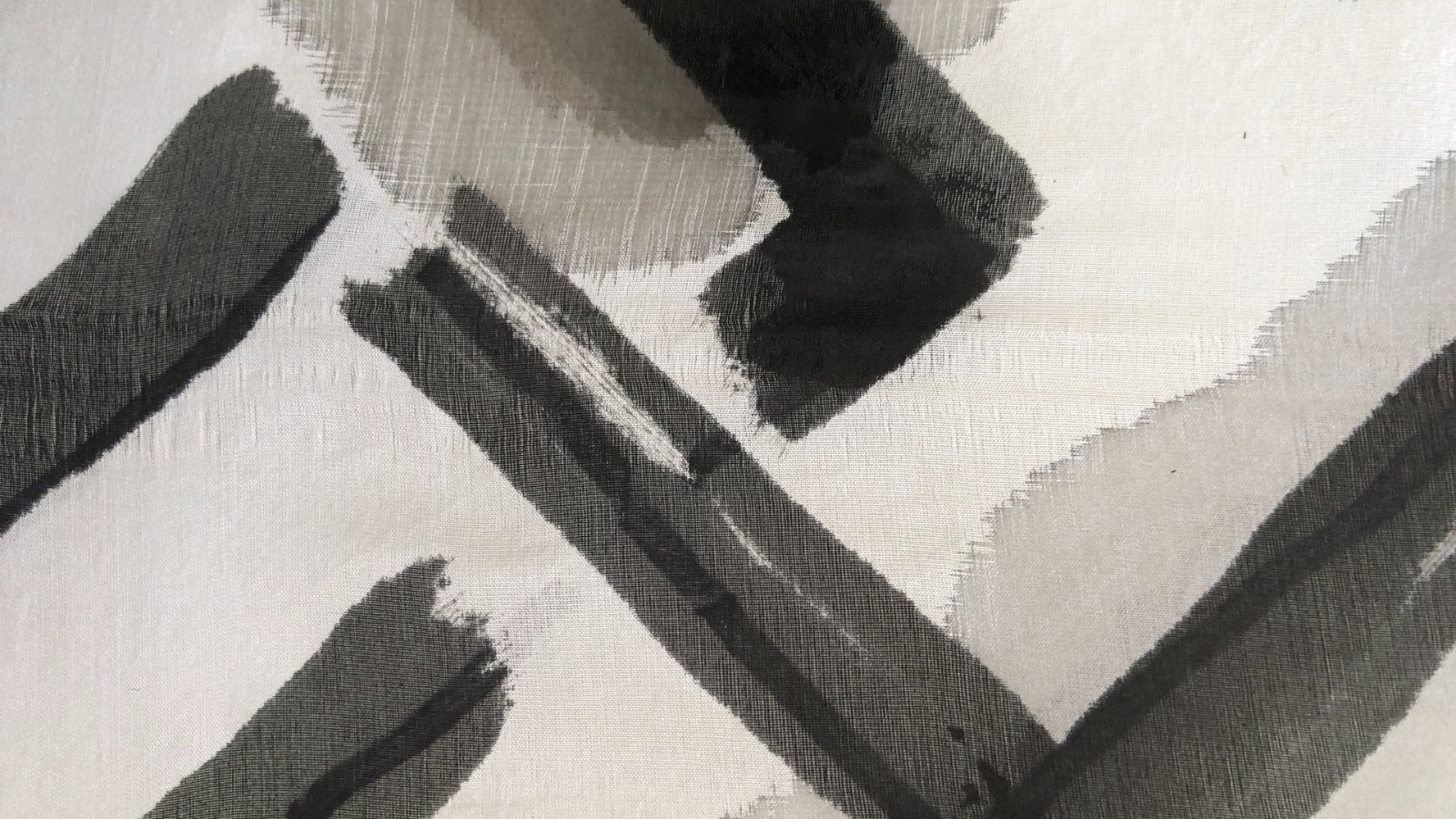Light Shadow Form Space
Featured artists

Diane Appleby
Diane Appleby is an artist who focuses on developing intimate, enamelled, hollow forms. She incorporates gestural marks on the surface of her objects, before expanding them to create drawings as wall installations which serve as the dynamic backdrop to her work.
Diane's site-specific installation explores layers in the landscape, while her rhythmic marks, both in charcoal on paper and on her hollow vessels, celebrate nature. Her work references deep waters and veiled views, allowing glimpses to emerge and recede, encouraging the imagination to embrace the mystery, wonder, and intrigue of the unknown.
Diane's vessels explore how changing light in the landscape affects highlights, shadows, and overall mood. The forms, openings, and edges of her hand-forged copper vessels reflect, capture, and diffuse light, alluding to the delicate mystery of the ephemera of the atmosphere.

Margaret Ainscow
Margaret Ainscow is an accomplished artist and academic with a focus on contemporary textiles and public art.
She has a diverse background in painting, manipulating fabrics, and incorporating various materials into her work. Ainscow has exhibited extensively in Australia and internationally, representing Australia in numerous textile exhibitions.
Having recently relocated to a regional area, Ainscow's artistic practice has shifted towards exploring the natural environment. Her more recent works incorporate found objects, fibre and fabric to create sculptural pieces. Through her art, she aims to comment on the erosion of nature in our surroundings while also celebrating its life forces and regenerative powers.

Jo Victoria
Jo Victoria's art centres around the theme of place and the profound influence of nature. Using unglazed porcelain, she captures the essence of this experience, creating pieces that resemble bleached bones, fossils, and broken shells found along the ocean's edge.
Light plays a crucial role in Victoria's work, conveying transience and highlighting the fragility, strength, and lasting effects of time.
The artist moulds various types of paper into leaf shapes, including tissue, tracing, Japanese rice paper, and watercolour paper, further enhancing the sense of weightlessness through the interplay of light. Through a technique called burn outs, natural elements are incinerated in liquid porcelain during firing, resulting in fossilized versions of the original objects.
Victoria's art not only explores materiality and space but also establishes a connection between the artwork and the volume of the Basil Sellers gallery. By transforming clay into something light, airy, expansive, and ethereal she challenges perceptions of the medium and aims to evoke a sense of weightlessness, akin to a gentle breeze. This exploration extends to both the physical works and the process of engaging with other three-dimensional artists within the gallery space.

Stephanie Simko
Stephanie's background in interior design greatly influences her textile and sculptural works, as she delves into the interplay of form, light, colour and space.
Her artistic approach is characterised by exploration, utilising various mediums such as textiles, felt, stitch, paint and found elements to convey her discoveries. Through these diverse materials Stephanie weaves narratives in both two-dimensional and sculptural forms.
Since relocating to the south coast in 2015, Stephanie has further developed her artistic practice. Her wearable art creations have been showcased in EFTAG's Art to Wear parades and featured in The Eurobodalla River of Art demonstrating her talent and creativity in the realm of wearable art.
